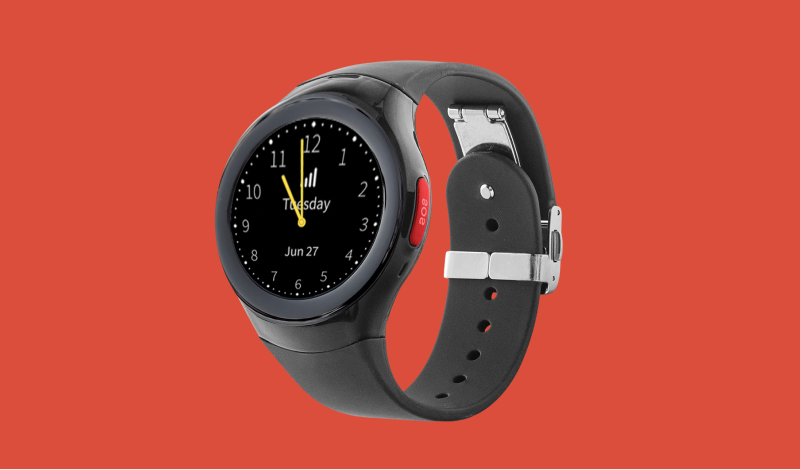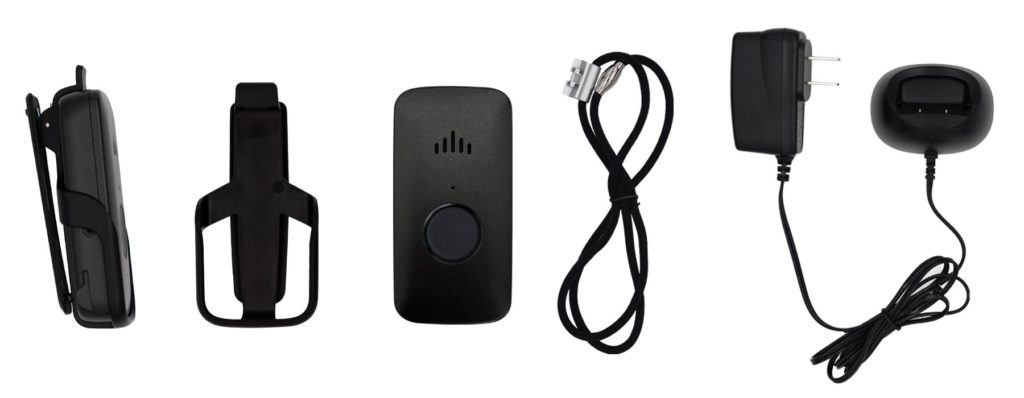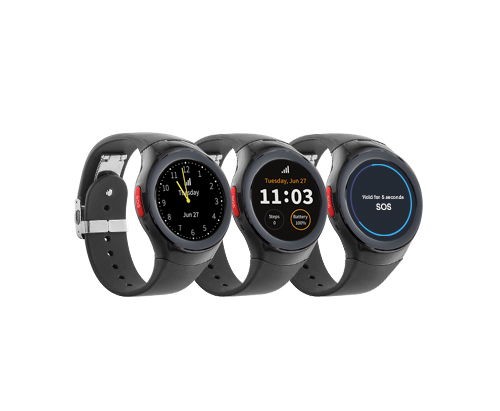SOS Mobile vs SOS Smartwatch: Which Is Best For You?
October 12, 2022
Summary
As Bay Alarm Medical's range of medical alert systems continues to grow, the question arises, which particular device is best for your needs? Let's look at the difference between the SOS Mobile and the SOS Smartwatch.
As Bay Alarm Medical’s range of medical alert systems continues to grow, the question arises, which particular device is best for your needs? Let’s look at the difference between the SOS Mobile and the SOS Smartwatch.
Both of these systems are made for leaving the home and getting out and about – they both contain built-in GPS for location tracking. They can both be bundled with the SOS Home system for the same cost savings.
Both systems are backed by the same USA-based, 24/7 monitoring centers that are UL-Listed and CSAA 5-Diamond Certified, and staffed by professionally trained response operators. Both devices operate on the 4G LTE cellular network (which also allows a faster connection time than a landline home system).
Both devices are self-contained systems, built for purpose, which makes the Smartwatch different from the smart watches available from Apple and Samsung that are general-purpose devices with additional alert features added on, and that require a smart phone to pair with in order to work. The SOS Smartwatch, like the SOS Mobile, works as a stand-alone system.
Differences Between SOS Mobile and SOS Smartwatch
The SOS Mobile unit has a caregiver app that allows a caregiver to track the device user’s location in real time, as well as showing current battery life of the device, and also as a nice extra, includes weather and temperature readouts.
- The SOS Smartwatch doesn’t have this feature.
The SOS Mobile with Fall Detection will automatically detect a fall and connect with our 24/7 monitoring station without needing to push a button. Fall detection from this type of device has a reliability proven over many years.
- The SOS Smartwatch does not come with fall detection – wristwatches are notoriously unreliable for detecting falls, simply because the wrist is one of the most freely moving parts of the body, and triggers false alarms too readily.
The Battery life of the SOS Smartwatch requires to be charged daily.
- The SOS Mobile can hold its charge for several days, and runs down more slowly.
The Price may be a factor to note:
- SOS Smartwatch: $34.95/mo + $159 equipment purchase
- SOS Mobile with Fall Detection: 39.95/mo + $99 equipment purchase
- SOS Mobile without Fall Detection: 29.95/mo + $99 equipment purchase
Appearance may be a great factor, since around 1 in 5 seniors, even when given a pendant or clip-on style alert system such as the SOS Mobile, simply don’t wear it.
- By contrast, the SOS Smartwatch has a sleek look that matches a regular wristwatch (which may already be a customary accessory for many seniors), and the odds are greater of actually being worn.
Conclusion
- If fall detection is necessary, the SOS Smartwatch is not for you.
- If it’s an issue getting the user to actually wear the device, the SOS Smartwatch may be the more suitable choice.
- If remembering to charge the device daily is an issue, the SOS Mobile may be a better choice.
If price is an issue and fall detection is not required, the SOS Mobile may be the better choice – and if fall detection IS required, the equipment cost savings equals ten months of usage before the Mobile becomes costlier per month than the Smartwatch.













